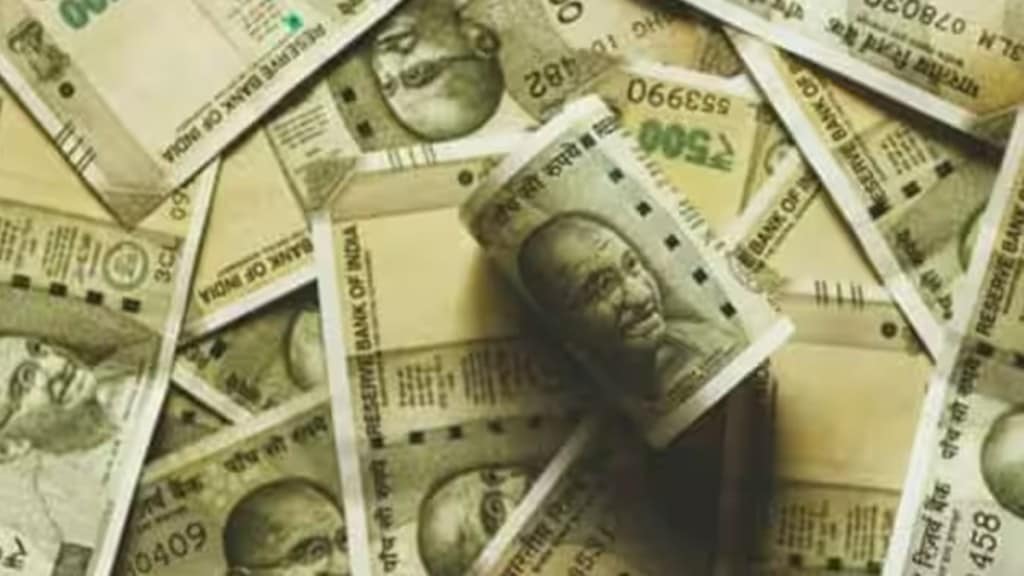Economists have revised their estimates for India’s current account deficit (CAD) for FY2024 after it narrowed to 1.1 per cent of the gross domestic product (GDP) in April-June quarter of the current fiscal year from 2.1 per cent in the year-ago quarter, but widened sequentially from 0.2 per cent registered in the fourth quarter of last fiscal, according to the data released by the RBI. “We expect tailwinds to BOP to have peaked in Q1FY24 and the remainder of FY2024 to be clouded with uncertainties, amid 1) rising crude oil prices and 2) weak capital flows. Following a robust 1QFY24, we expect the capital account to moderate to $23 billion in July 2023-March 2024, taking the FY2024 capital account to $55 billion. We revise up our FY2024 CAD/GDP estimate to 1.5 per cent ($54 billion; 1.4 per cent earlier), with the July 2023-March 2024 CAD/GDP estimate at 1.6 per cent,” said Upasna Bhardwaj, Chief Economist, Kotak Mahindra Bank.
The sequential widening of the CAD to $9.2 billion in Q1FY24 from $1.3 billion in Q4FY23 was mainly due to a higher goods trade deficit, and moderation in both the net inflows of services and remittances. The CAD stood at close to $18 billion in Q1FY23. “The fall in remittances, both on-quarter and on-year, is worrisome and will bear watching, more so because of slowing global growth. This can have a bearing on CAD, which was anyway expected to rise sequentially in the first quarter of this fiscal because of higher merchandise trade deficit and softening in services trade surplus. To boot, the recent uptick in oil prices will weigh on merchandise trade deficit. Together, these have put upside pressure on our estimate of CAD for this fiscal, which stands at 1.8 per cent of GDP,” said Dharmakirti Joshi, Chief Economist, CRISIL Limited
Meanwhile, Aditi Nayar, Chief Economist, Head – Research & Outreach, ICRA Ltd, said, “India’s current account deficit (CAD) widened to $9.2 billion (-1.1 per cent of GDP) in Q1FY2024 from $1.3 billion in Q4FY 2023 (-0.2 per cent of GDP), but trailed our forecast led by a healthier than anticipated merchandise trade balance, even as the services trade surplus and balance of secondary income were smaller than anticipated. With the average merchandise trade deficit trending higher in July-Aug 2023 relative to Q1 FY2024 levels, and the recent rise in crude oil prices, ICRA estimates the CAD to widen sequentially to $19-21 billion (-2.3 per cent of GDP) in Q2FY2024.” Overall, ICRA projected the CAD to widen to $73-75 billion (-2.1 per cent of GDP) in FY2024 from $67.0 billion (-2.0 per cent of GDP) in FY2023, building in an average crude oil price of $90/bbl in H2FY2024.
According to the data released by the RBI, the capital account saw a higher surplus of $34.4 billion in Q1FY24 as against $22 billion in the year ago quarter and just $6.5 billion in Q4FY23. As a result, forex reserve saw accretion of $24.4 billion in Q1FY24 on a balance of payment basis, as compared with $4.6 billion in Q1FY23 and $5.6 billion in Q4FY23. The BoP surplus in June quarter was a 7-quarter high. “Capital account surplus in Q1FY24 surged to $34 billion (Q4FY23: $7 billion), aided by healthy FPI inflows in equities, whereas FDI inflows remained tepid. Furthermore, banking capital inflows also increased sharply to $13 billion (compared with the net outflow of $4 billion in Q4FY23). ECBs increased to $6 billion—the highest in nine quarters,” said Upasna Bhardwaj.
Furthermore, the report by Kotak Institutional Equities said that it is expecting INR to remain under pressure, amid 1) the unrelenting US Dollar strength and 2) rising crude oil prices stemming from OPEC+ production cuts. “Though FPI inflows from inclusion in the global bond index is likely to aid the INR in the medium term, risks from the global side are likely to dominate and keep the INR under pressure over the near term. However, we expect RBI’s intervention to stem any volatility in the INR. We expect the INR to trade in the range of 82.75-83.50 over the near term, with a further depreciation bias,” said Upasna Bhardwaj.
